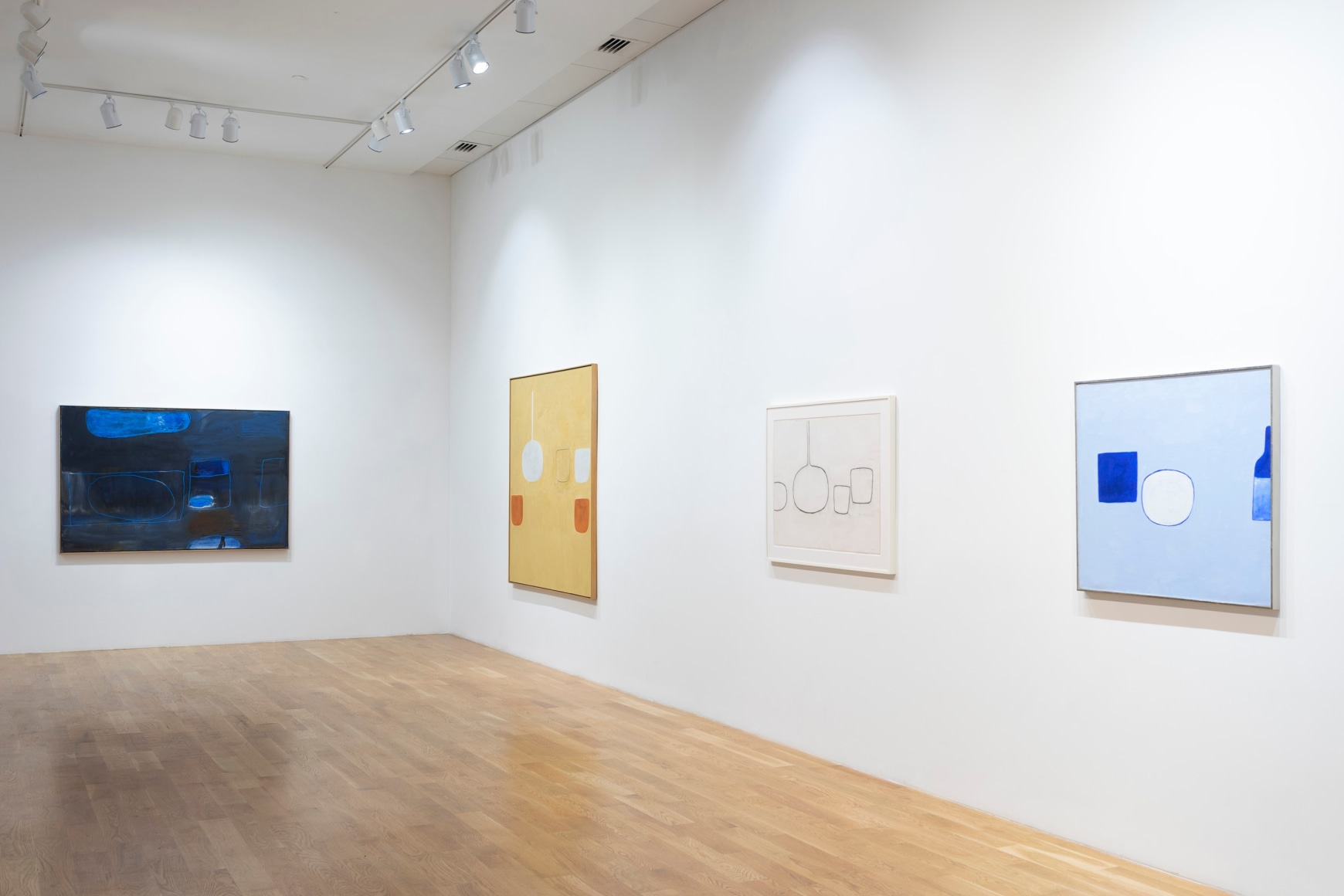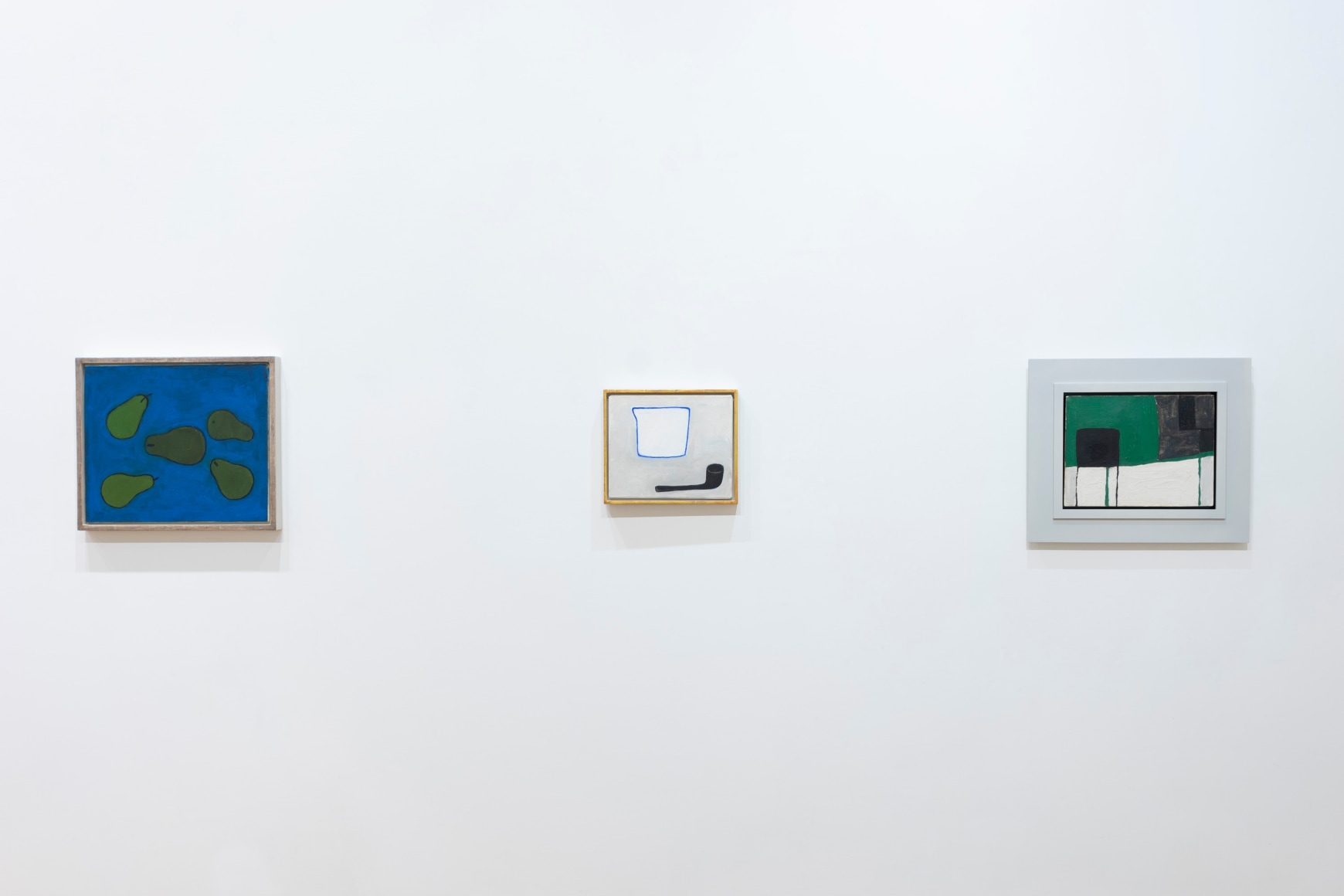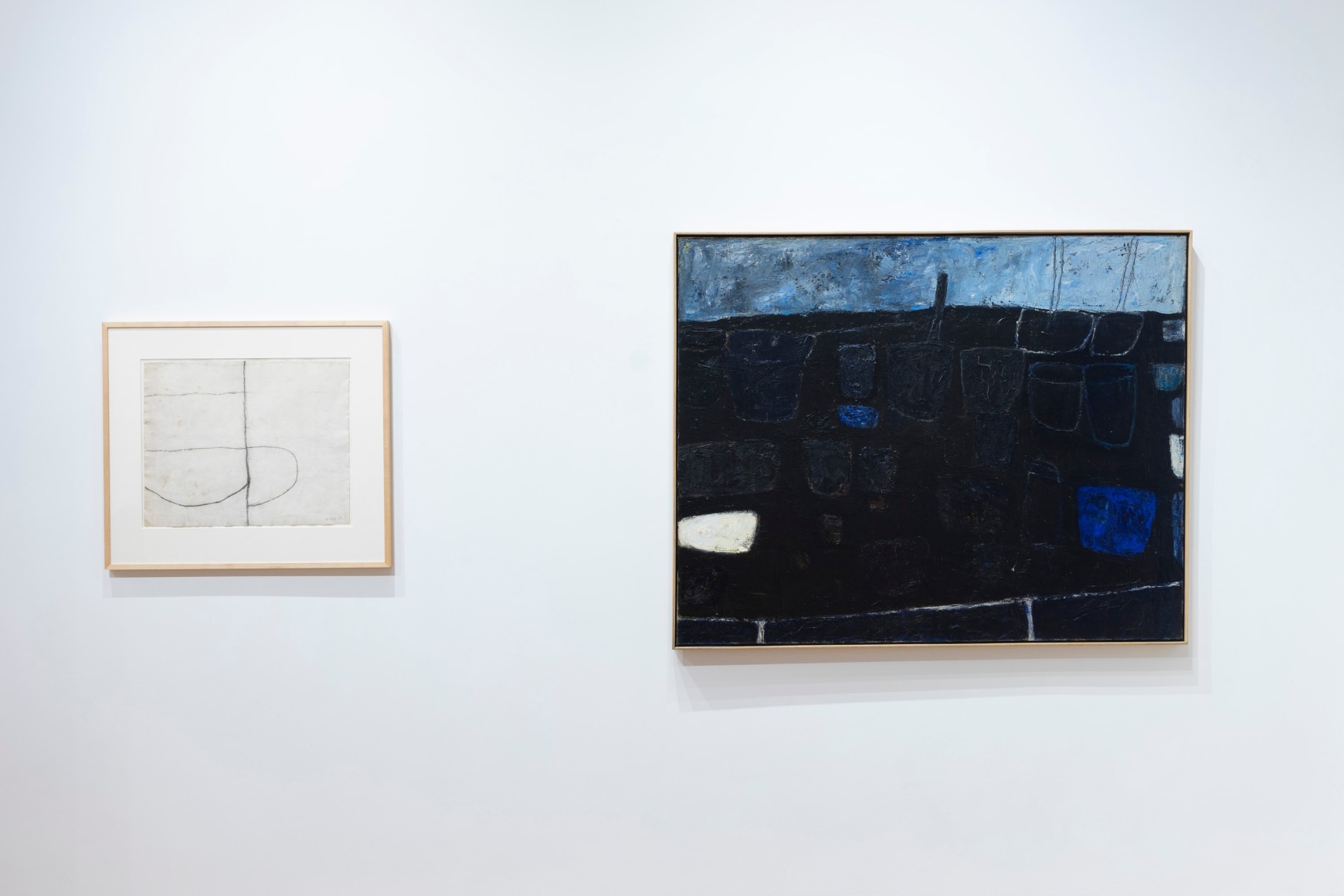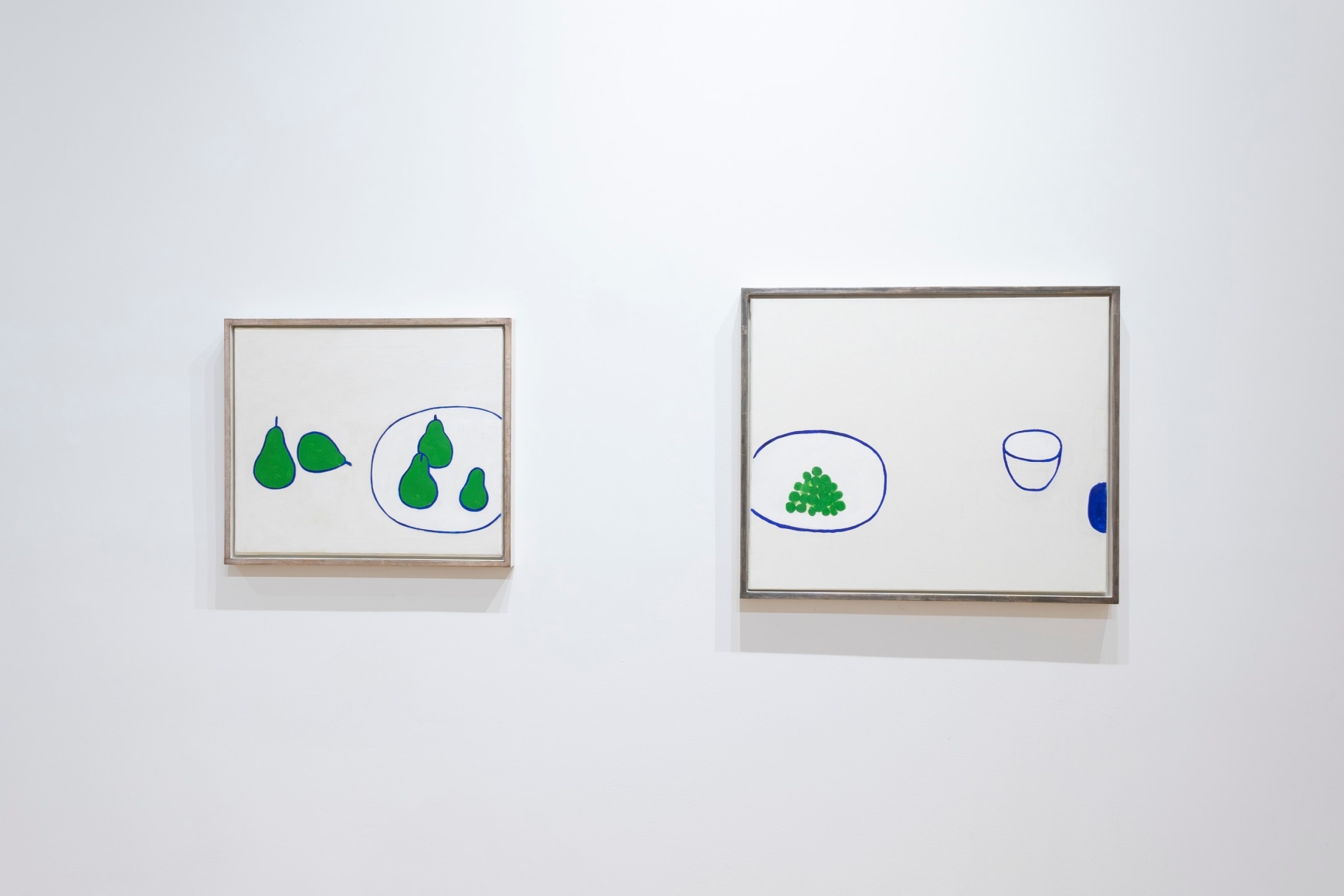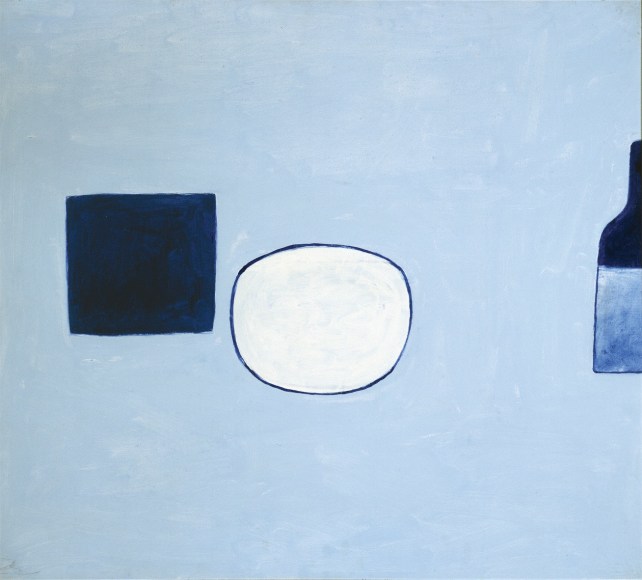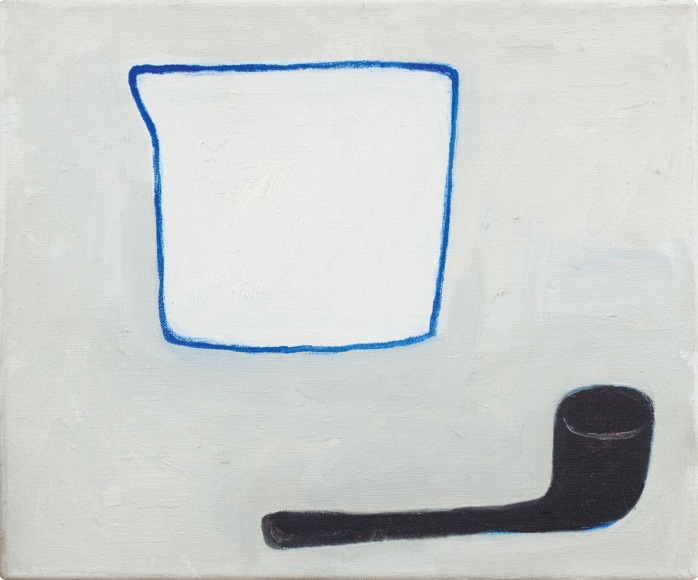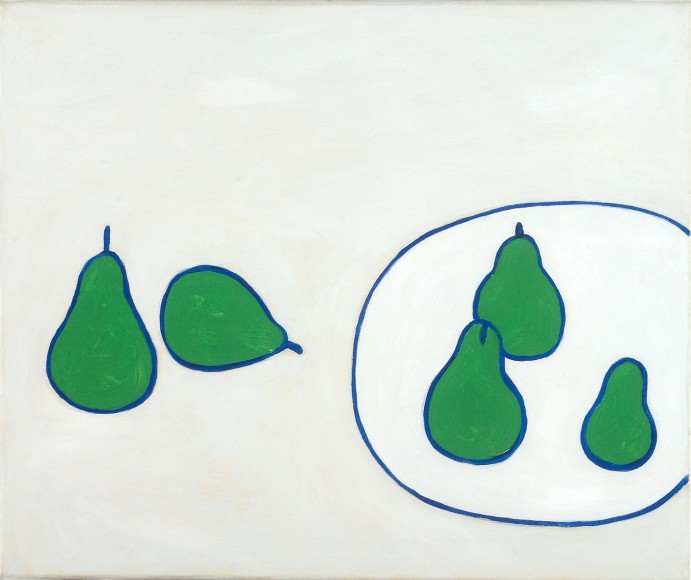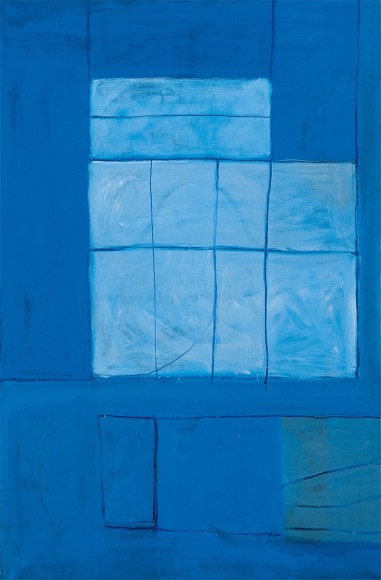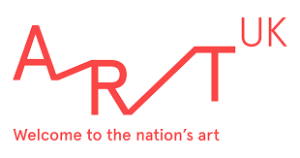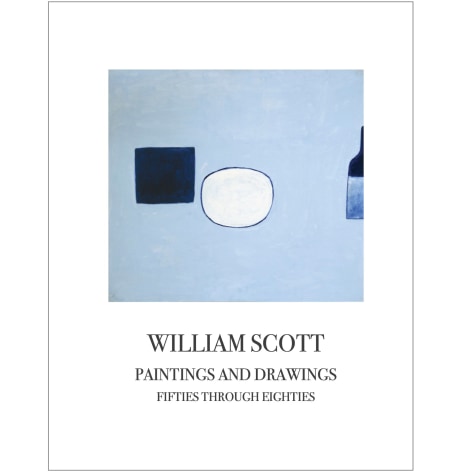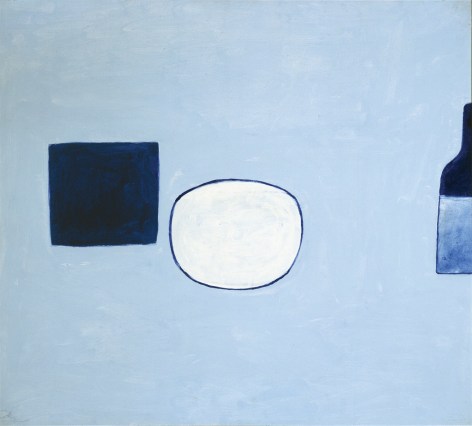
Anita Rogers Gallery is thrilled to present an exhibition of 1950's – 1980's paintings and drawings by British artist William Scott. The exhibition will be on view October 16 – December 21 at 15 Greene Street, Ground Floor in SoHo, New York. The gallery will host an opening reception on Wednesday, October 16, 6-8pm.
William Scott CBE, RA (1913-1989), acclaimed British artist of the Post-war generation was, together with Peter Lanyon and Patrick Heron, considered one of the giants of the Modernist movement in the UK. Patrick Heron, who also doubled as ‘one of the finest art critics of the century’, wrote perceptively of Scott’s work. ‘It is the sensation of space and depth in a painted flatness,’ he explained in 1953, ‘that inspires much contemporary painting. Scott is a brilliant exponent of it.’
After visiting a Scott show in London in 1953, James Johnson Sweeney, then director of the Guggenheim, wrote to the gallerist Martha Jackson: "At last England has a painter." That same year Scott became one of the first British artists to visit New York, where Martha Jackson introduced him to Rothko, De Kooning, Kline, and Pollock. The following year, Scott, with Hepworth and Bacon, took part in a three-person show at the MJ Gallery going on to exhibit with Jackson regularly through the next decade. The influence of Rothko was particularly strong, and in 1959 the Rothko family visited the Scott’s at their cottage in England. Rothko had just finished his Seagram paintings while Scott was working on his Altnagelvin mural; both artists discussed the issues and problems of where and how an artist can best show his work.
It was after that first trip to America that Scott returned to his European roots invigorated by the dynamism, confidence and scale of the work that he had seen in New York. In 1958, he represented Britain at the Venice Biennale where he was stunned to see the first Johns flag painting. But, although his reputation was now expanding internationally, it was with the advent of Pop and Conceptual art in the sixties and seventies that Scott’s work began to be overshadowed by younger artists such as Rauschenberg, and Warhol.
This exhibition aims to highlight a selection of works from the artist’s mid to late career, and introduce, or in some cases re-introduce, the artist to the New York public. The exhibition will feature work from the early 1950s through the 1980s, including abstract work as well as his domestic still-lifes. Images from his iconic Poem for a Jug and Orchard of Pears series are included.
In 1957, an exhibition of paintings from the Solomon R. Guggenheim Museum was shown at the Tate Gallery, London that included Scott’s "Black, Yellow and White Composition, 1953", an early abstract work which is now part of this new exhibition.
Scott, never one to aggrandize his own work, described himself as: “… an abstract artist in the sense that I abstract. I cannot be called non-figurative while I am still interested in the modern magic of space, primitive sex forms, the sensual and the erotic, disconcerting contours, the things of life.”
A modernist, yet deeply influenced by Egyptian, Japanese and Prehistoric art, Scott brought these passions together with a disarming simplicity. He celebrated the special flatness of this ancient work while, exploring the use of minimal color seductively expressing himself through surfaces that explode with unabashed sensuality and painterliness.
Scott was born in Greenock, Scotland, in 1913 and raised in Northern Ireland, where he lost his father in an accident at an early age. Winning a scholarship to the Royal Academy Schools in London, the young Scott became friends and room-mates with the poet Dylan Thomas. Following five years in the army, he then settled in England with his wife, the sculptor Mary Scott, and their two boys. It was shortly after the war was over that he became Head of Painting at the Bath Academy of Art. His paintings are in public collections around the world, including the Tate, the Solomon R. Guggenheim Museum, the Museum of Modern Art, the Musée National d’Art Moderne, Paris, the Art Gallery of Toronto and many others in the UK and in Ireland.
This exhibition will be accompanied by a catalog, featuring an essay on Scott’s work by David Anfam, writer and curator of Abstract Expressionism (Royal Academy of Arts, London, 2016-17) – the largest survey of its kind ever held in Europe.

